An optically active compound A with molecular formula C8H14 undergoes catalytic hydrogenation to give an optically inactive product. Which of the following structures for A is/are consistent with all the data?
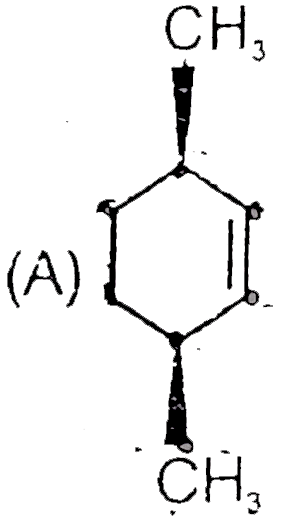
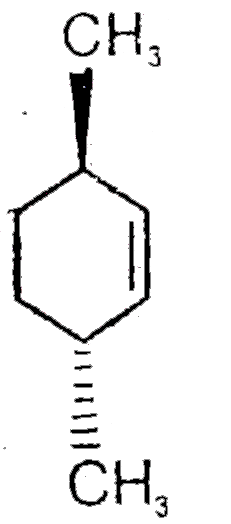
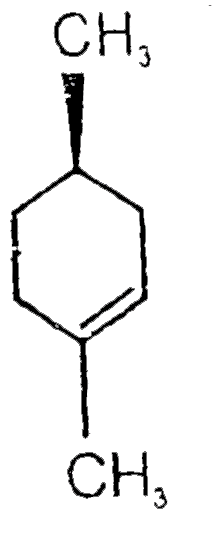
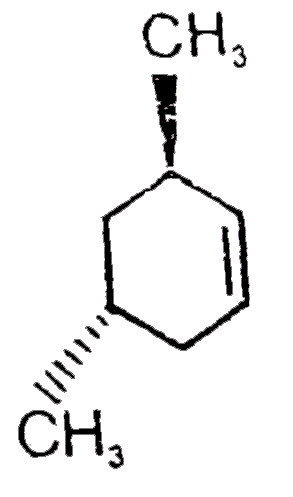
The correct Answer is:B, C
To solve the problem, we need to determine which structure of the compound A (C8H14) is optically active and can yield an optically inactive product upon catalytic hydrogenation. Here’s a step-by-step breakdown:
Step 1: Understand the requirements
- Compound A has the molecular formula C8H14.
- It is optically active, meaning it must have a chiral center or a configuration that allows for optical activity.
- Upon catalytic hydrogenation, it yields an optically inactive product, which means the product must have a plane of symmetry or be superimposable on its mirror image.
Hint: Remember that optically active compounds typically have no plane of symmetry, while optically inactive compounds do.
Step 2: Analyze the options
We need to evaluate each given structure to see if it meets the criteria.
1. Option A: Check for optical activity.
- This structure has a plane of symmetry, making it optically inactive. Thus, it cannot be compound A.
Hint: Look for a plane of symmetry in the structure to determine optical activity.
2. Option B: Check for optical activity and hydrogenation.
- This structure does not have a plane of symmetry, making it optically active. Upon hydrogenation, it will still be optically active as it retains chirality.
Hint: Remember that if a compound is optically active before hydrogenation, it will likely remain so unless it loses chirality.
3. Option C: Check for optical activity and hydrogenation.
- This structure is also optically active. However, upon hydrogenation, it can lead to a product that has a plane of symmetry (if the groups are arranged in such a way that they can cancel each other out), making the product optically inactive.
Hint: Visualize the hydrogenation process and how the arrangement of groups might change.
4. Option D: Check for optical activity and hydrogenation.
- This structure is optically active as well. Similar to option B, after hydrogenation, it will remain optically active.
Hint: Again, consider the implications of chirality after the addition of hydrogen.
Step 3: Conclusion
Based on the analysis:
- Option A is ruled out due to being optically inactive.
- Option B is ruled out because it remains optically active after hydrogenation.
- Option D is ruled out for the same reason as option B.
- Option C is the only structure that can be optically active and yield an optically inactive product upon hydrogenation.
Thus, the structure of compound A is Option C.
Final Answer: The structure of compound A is Option C.
- Compound A has the molecular formula C8H14.
- It is optically active, meaning it must have a chiral center or a configuration that allows for optical activity.
- Upon catalytic hydrogenation, it yields an optically inactive product, which means the product must have a plane of symmetry or be superimposable on its mirror image.
We need to evaluate each given structure to see if it meets the criteria.
- This structure has a plane of symmetry, making it optically inactive. Thus, it cannot be compound A.
- This structure does not have a plane of symmetry, making it optically active. Upon hydrogenation, it will still be optically active as it retains chirality.
- This structure is also optically active. However, upon hydrogenation, it can lead to a product that has a plane of symmetry (if the groups are arranged in such a way that they can cancel each other out), making the product optically inactive.
- This structure is optically active as well. Similar to option B, after hydrogenation, it will remain optically active.
Based on the analysis:
- Option A is ruled out due to being optically inactive.
- Option B is ruled out because it remains optically active after hydrogenation.
- Option D is ruled out for the same reason as option B.
- Option C is the only structure that can be optically active and yield an optically inactive product upon hydrogenation.
Topper's Solved these Questions
- TEST PAPERSBook:RESONANCE ENGLISHChapter:TEST PAPERSExercise:PT-01
Explore 30 Videos
- TEST PAPERSBook:RESONANCE ENGLISHChapter:TEST PAPERSExercise:Pt-02
Explore 30 Videos
- TEST PAPERSBook:RESONANCE ENGLISHChapter:TEST PAPERSExercise:PART - III CHEMISTRY
Explore 20 Videos
- SURFACE CHEMISTRYBook:RESONANCE ENGLISHChapter:SURFACE CHEMISTRYExercise:Section - 5
Explore 1 Video
- TEST SERIESBook:RESONANCE ENGLISHChapter:TEST SERIESExercise:CHEMISTRY
Explore 50 Videos
Similar Questions
Knowledge Check
An optically active compound A with molecular formula C8H14 undergoes catalytic hydrogenation to give meso compound, the structure of (A) is :
A B
B C
C D
D
Identify the compound that on hydrogenation produces an optically active compound from the following compounds :

View SolutionA compound (A) with molecular formula C5H10 gives one monochlorination product. Compound (A) is:
View SolutionGive the structure of an optically active alkene (A) having the lowest molecular mass, which on catalytic hydrogenation gives an optically inactive compound (B).
View SolutionWhich of the following is an optically inactive compound?
View SolutionNumber of optically active compounds out of following that can give Haloform reactions.
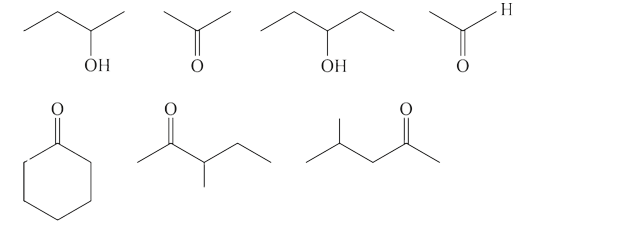
View SolutionWhich alkene will give optically inactive product with Br2/CCl4 ?
View SolutionWhich one of the following compounds show optical activity
View Solution

